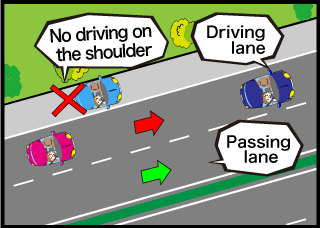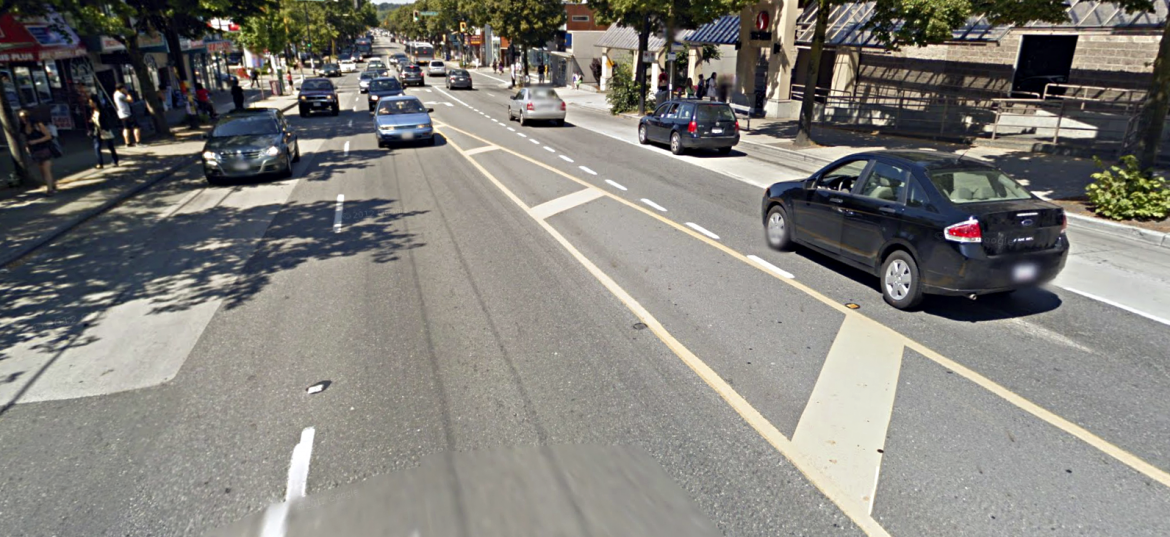

O – Observation – Check the position of following traffic using your mirrors or by looking over your shoulder when it’s safe to do so. Most people call it the OSM PSL routine but some call it “the system”. Whenever you approach a hazard such as a junction or roundabout or traffic lights, you will cope with it by going through a routine.

The blind area is the area behind and to either side of you which isn’t covered by mirrors. In congested urban situations a lifesaver check is normally essential, especially when turning right into a minor road.ĭuring high speed overtaking, when you are certain what is happening behind, it is often safer to keep your eyes on what is happening ahead. If you are turning, use it to check the blind spot on the side to which you intend to turn.

The lifesaver is a last check over the shoulder into the blind spot to make sure nothing unexpected is happening before committing yourself to a manoeuvre. Looking behind also warns other drivers that you may be about to signal or alter course. There will be times when you need to look round to see the full picture. Looking behind is important because the view through the mirrors on some motorcycles is restricted, leaving significant blind spots. Not all motorcycles are fitted with mirrors, and mirrors don’t always give a clear view behind. You also have to know when traffic is likely to overtake or come alongside you. Rear observation refers to a combination of mirror checks and looking behind which ensures you are always fully aware of what is happening behind you.īefore you signal, change direction or speed you must know how your actions will affect following traffic.


 0 kommentar(er)
0 kommentar(er)
